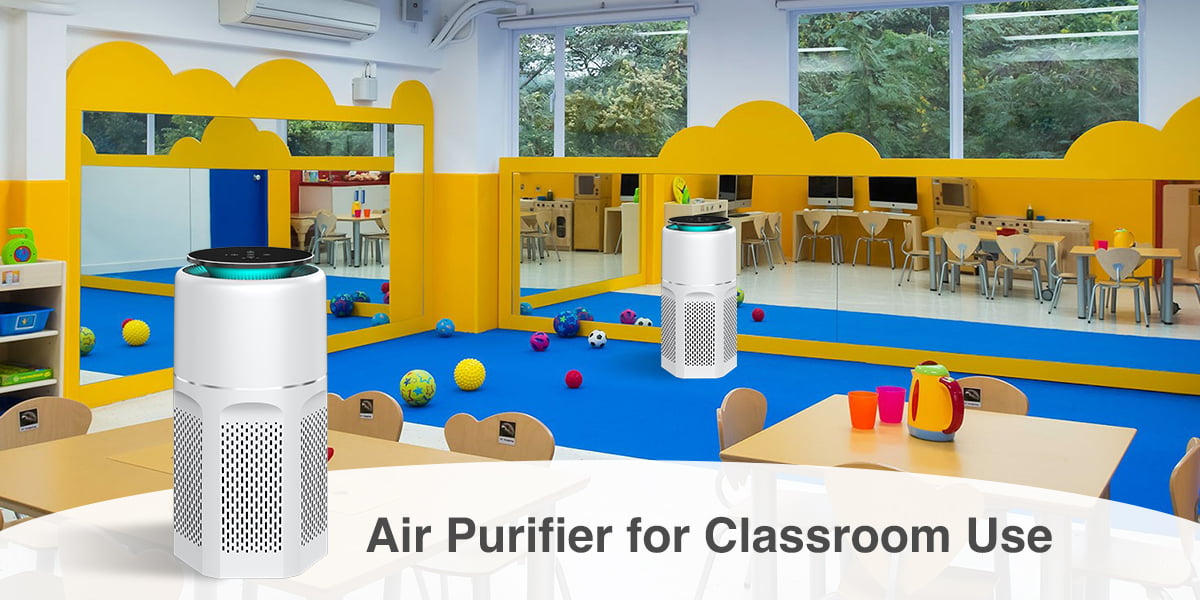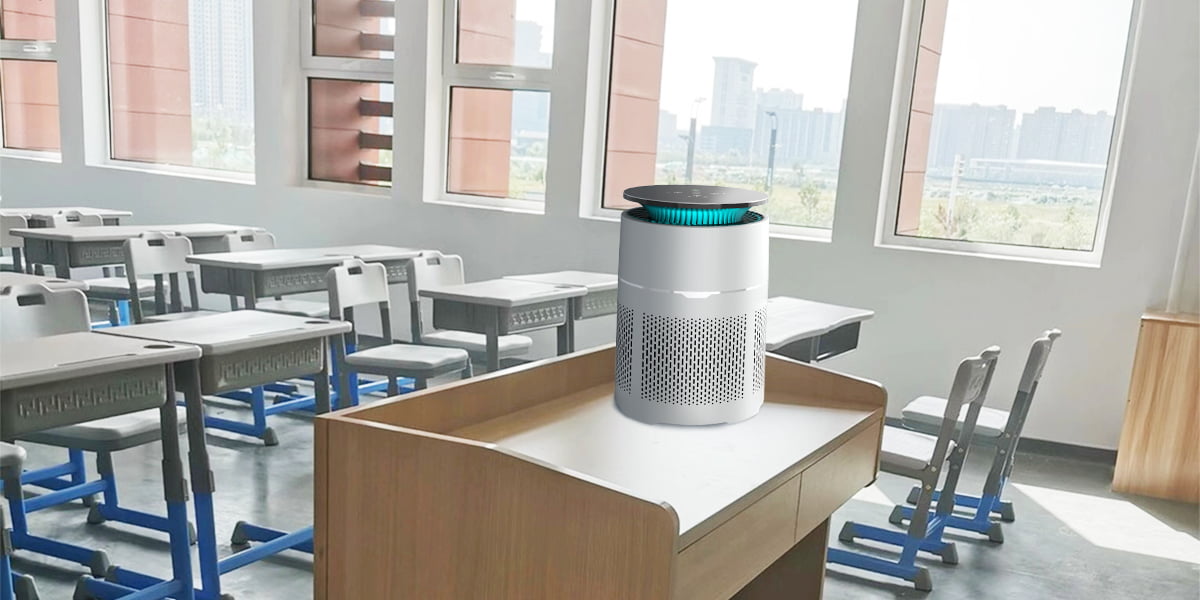Air Purifier for Classroom Use

Can air purifier help classrom environment problem?
Certainly, air purifiers can help address classroom environment problems in multiple ways. As previously mentioned, air purifiers improve air quality by filtering out pollutants such as dust, pollen, bacteria, and viruses. This is particularly crucial in a classroom setting, where children are in close proximity and may be more susceptible to the effects of poor air quality.
By reducing the presence of allergens and pollutants in the air, air purifiers can help alleviate respiratory issues for students with allergies or asthma. This not only improves their physical health but also their ability to focus and learn in the classroom.
Furthermore, air purifiers can contribute to a more comfortable and pleasant learning environment. By eliminating unpleasant odors and providing cleaner air, they can create a more inviting atmosphere that encourages students to engage in their studies.
Lastly, in classrooms with inadequate ventilation, air purifiers can provide a supplementary source of fresh air. This ensures that the air in the classroom is continuously refreshed and free from pollutants, further enhancing the learning environment.
In summary, air purifiers are a valuable tool for addressing classroom environment problems, improving air quality, reducing allergens and pollutants, enhancing the learning environment, and protecting vulnerable populations.

Air purifier for classroom use:
When selecting an air purifier for classroom use, it is essential to consider its performance, effectiveness, and adaptability to the specific environment. Here are some key points to consider for an air purifier designed for classrooms:
1.High-Efficiency Filtration Capacity: Look for an air purifier with a high-efficiency filtration system, such as True HEPA (H13) technology, that can remove 99.9% of particles, including allergens and particles as small as 0.1 microns. Ensure the air purifier has a high Clean Air Delivery Rate (CADR), such as 350 cubic feet per minute (CFM), to ensure effective air cleaning in a classroom environment.
2.Quiet Operation: Since classrooms require a quiet environment, select an air purifier with a low noise level. This will ensure that it does not distract students during class time or interrupt teachers while they are teaching.
3.Appropriate Size and Installation Options: Choose an air purifier that is suitable for the size and layout of your classroom. Some classroom air purifiers offer wall-mounted installation options, which can save space and allow for easier student movement within the classroom.
4.Additional Features: Consider air purifiers with additional features such as ionizers or UV light disinfection, which can further enhance the air quality in the classroom.
5.Ease of Maintenance: Select an air purifier that is easy to clean and maintain. This will reduce maintenance costs and ensure the long-term reliability of the air purifier.
By considering these factors, you can select an air purifier that is suitable for your classroom’s specific needs and ensures a healthier and more comfortable learning environment for students and teachers.



